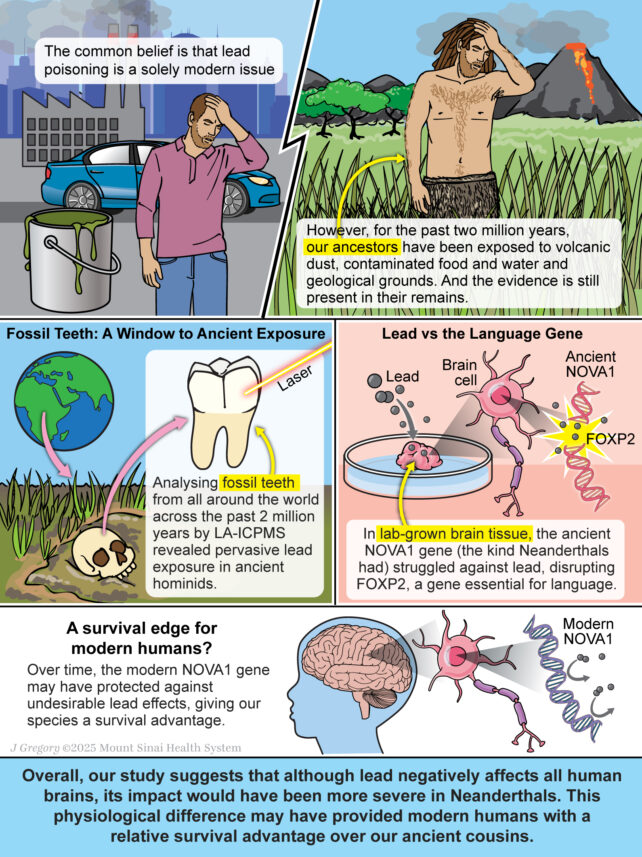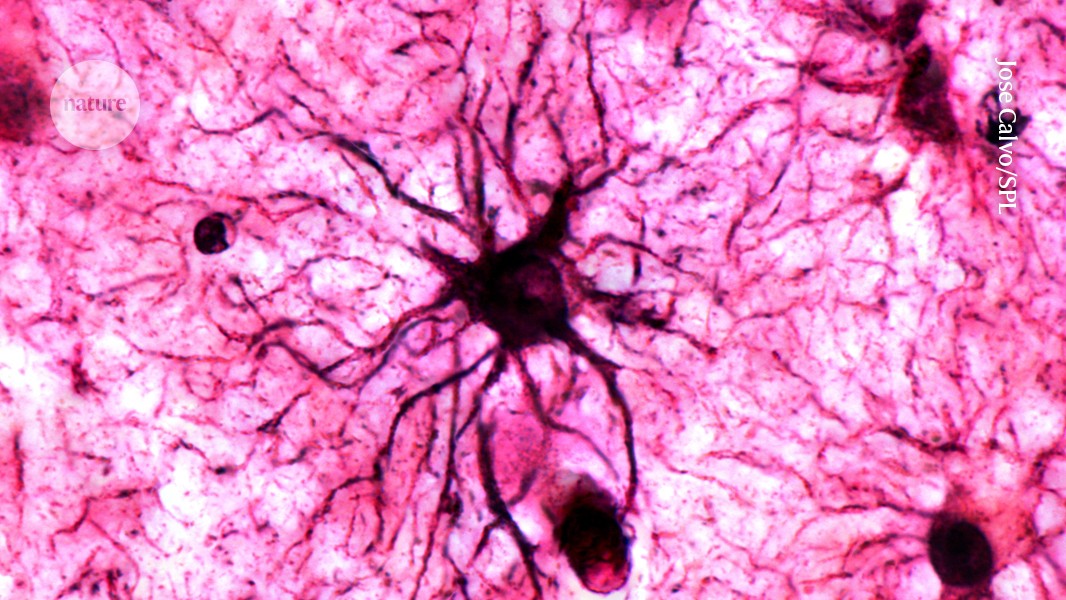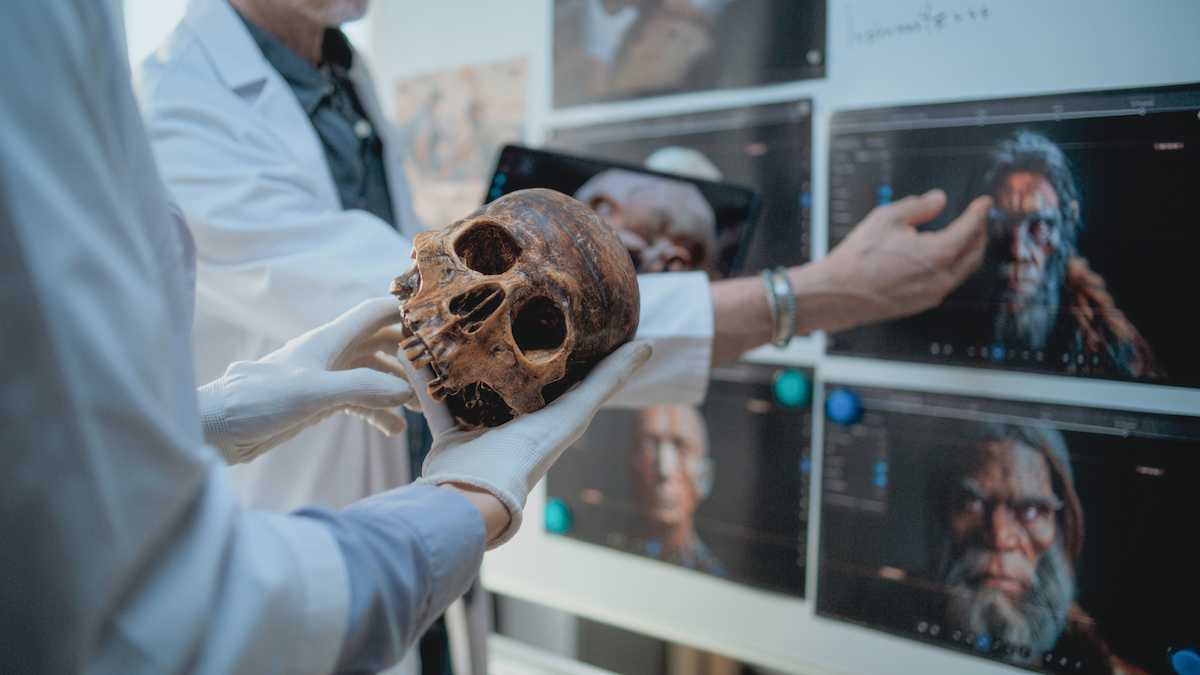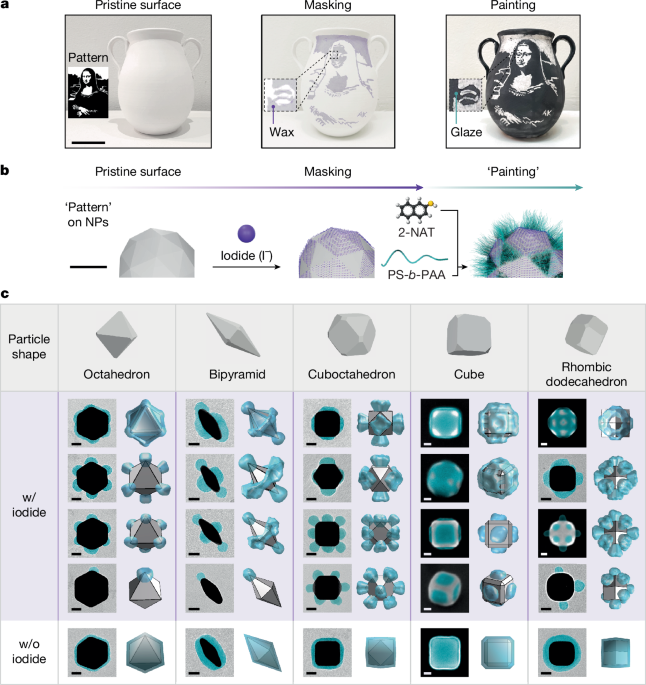Lead is often thought of as a modern toxin, but a new study has found that it’s been haunting us and our ancestors for almost 2 million years. Stranger still, exposure could actually have given humans an edge over our closest relatives.
An international team of researchers analyzed the lead content of 51 fossilized hominid teeth, dated to between 100,000 and 1.8 million years old.
Samples came from Homo sapiens, Neanderthals, and a few early Homo species, as well as more distant relatives like Australopithecus, Paranthropus, Gigantopithecus, and fossil species of orangutans and baboons.
Related: Beethoven Really Did Have Lead Poisoning, But That Didn’t Cause His Death
“We found clear signals of episodic lead exposure in 73 percent of the specimens (71 percent for hominins Australopithecus, Paranthropus, and Homo),” the team writes in their paper.
The dangers of lead exposure are well documented, but the team suggests that they might have been even worse for our Neanderthal cousins.
They ran tests on lab-grown mini-brains that had one of two variants of a gene called NOVA1 – a version that modern humans have, and one found in Neanderthals and other extinct species.
Brain organoids with the ancient gene variant suffered significant disruption to the activity of a gene called FOXP2, which encodes for a protein crucial for the development of speech and language. Brains with the modern variant, however, showed less damage.
“These results suggest that our NOVA1 variant may have offered protection against the harmful neurological effects of lead,” says Alysson Muotri, a developmental biologist at the University of California, San Diego.
“It’s an extraordinary example of how an environmental pressure, in this case, lead toxicity, could have driven genetic changes that improved survival and our ability to communicate using language, but which now also influence our vulnerability to modern lead exposure.”
Lead toxicity has been linked to a range of serious health issues, such as neurological disorders and cardiovascular disease. It’s thought to have damaged the mental health and lowered the IQ of entire generations, and even increased crime rates.
This toxicity is usually thought of as a health problem that largely started with human activity like mining and smelting, and really got cooking by the time of the Industrial Revolution.
Soon we were adding lead to paint and fuel, which spread its toxic influence far and wide.

Ancient hominids, however, would have been exposed to lead through natural sources, like volcanic activity, wildfires, and geological processes that increase lead concentrations in food and water sources. And this would have varied for different species.
“Teeth of P. robustus consistently showed few, low level lead lines, while A. africanus and Homo sp. show more frequent exposures,” the researchers write in the new study.
“The different patterns of lead exposure could suggest that P. robustus lead bands were the result of acute exposure (e.g., wild forest fire), while for the other two species, known to have a more varied diet, lead bands may be due to more frequent, seasonal, and higher lead concentration through bioaccumulation processes in the food chain.”
While the study doesn’t definitively link our evolutionary success with lead, it makes for an intriguing possible wrinkle in our complicated history with the heavy metal.
The research was published in Science Advances.
First Appeared on
Source link














